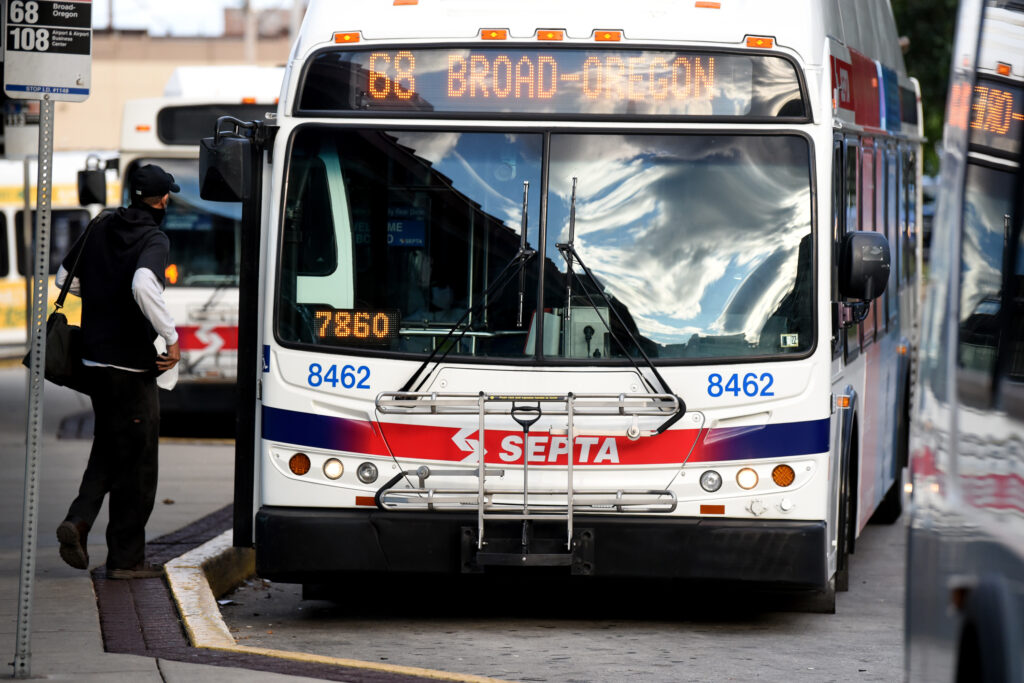The citizens of Philadelphia are no strangers to the occurrence of crime in the city. It does not come as a shock that a densely populated area would have higher percentages of crime on its public transportation system. The Southeastern Pennsylvania Transportation Authority, or SEPTA, transit system that gets Philadelphians–and people out here on the Mainline, too–where they’re going, is not immune to the occasional instance of violence.
The latest reported incident occurred on October 8, when 18-year-old Raphael Ezeamaka shot three women on the route G bus in West Philadelphia. Ezeamaka was arrested in Middleton, Delaware on October 23. He was charged with aggravated assault, weapons violations and related offenses, according to NBC 10 Philadelphia. The three women are hospitalized and in stable condition.
Despite this most recent tragic event, SEPTA recently reported a 34% decrease in serious crime throughout the system. SEPTA CEO Leslie Richards announced the company’s efforts to curtail violent crime. “Despite funding constraints, we are committed to recruiting and retaining talented police officers and providing them with the resources they need to protect our customers and employees,” Richards said.
Although overall crime rates are down, SEPTA reported three homicides in the first quarter this year. In a press release on April 12, 2024, SEPTA said, “The same gun violence that is plaguing the communities SEPTA serves is spilling over into the system. SEPTA remains committed to combating gun violence, and Transit Police are targeting illegal gun possession.” While these statistics are scary, it is encouraging that the authorities are well aware of what is going on and are actively pursuing efforts to put an end to violence in the city and suburban areas that SEPTA serves.
Authorities encourage citizens to take comfort in the new data and trust that SEPTA is constantly working towards creating a safer transit environment for its customers and employees. One way they are doing this is by moving towards more heavily enforced fares and potential fare increases. There is some dissent in the community regarding fare increases. “You’re losing a lot of money with the free riders. So people pay a quarter, 50 cents, $1, $2. So you raise it to $2.50 for the ones who are paying on a card. These people are still going to continue to pay the same thing they’re paying. So who’s getting punished? The ones who pay upfront,” A community member, said. However, the regulation of fares will, SEPTA says, potentially close a funding gap that is preventing further safety measures.
Furthermore, cracking down on fare evasion will hopefully prevent more violent infractions. SEPTA Transit Police Inspector James Zuggi, who has been with the department for 25 years, commented on the link between the two. “Most if not all the offenders do fare evade to get onto the system,” Zuggi said. “We identified that as one of the factors of addressing fare evasion to bring down crime in the system.” SEPTA loses approximately $40 million yearly due to fare evasion. Cracking down on this issue will, ideally, help to minimize the funding gap of $240 million that the company is currently facing. Further funding for transit police efforts and enforcement of policy will, SEPTA says, help to prevent or better handle crime on the transit system.
Sources: CBS News, SEPTA, US Marshals

